What makes James Bond Island's location special?
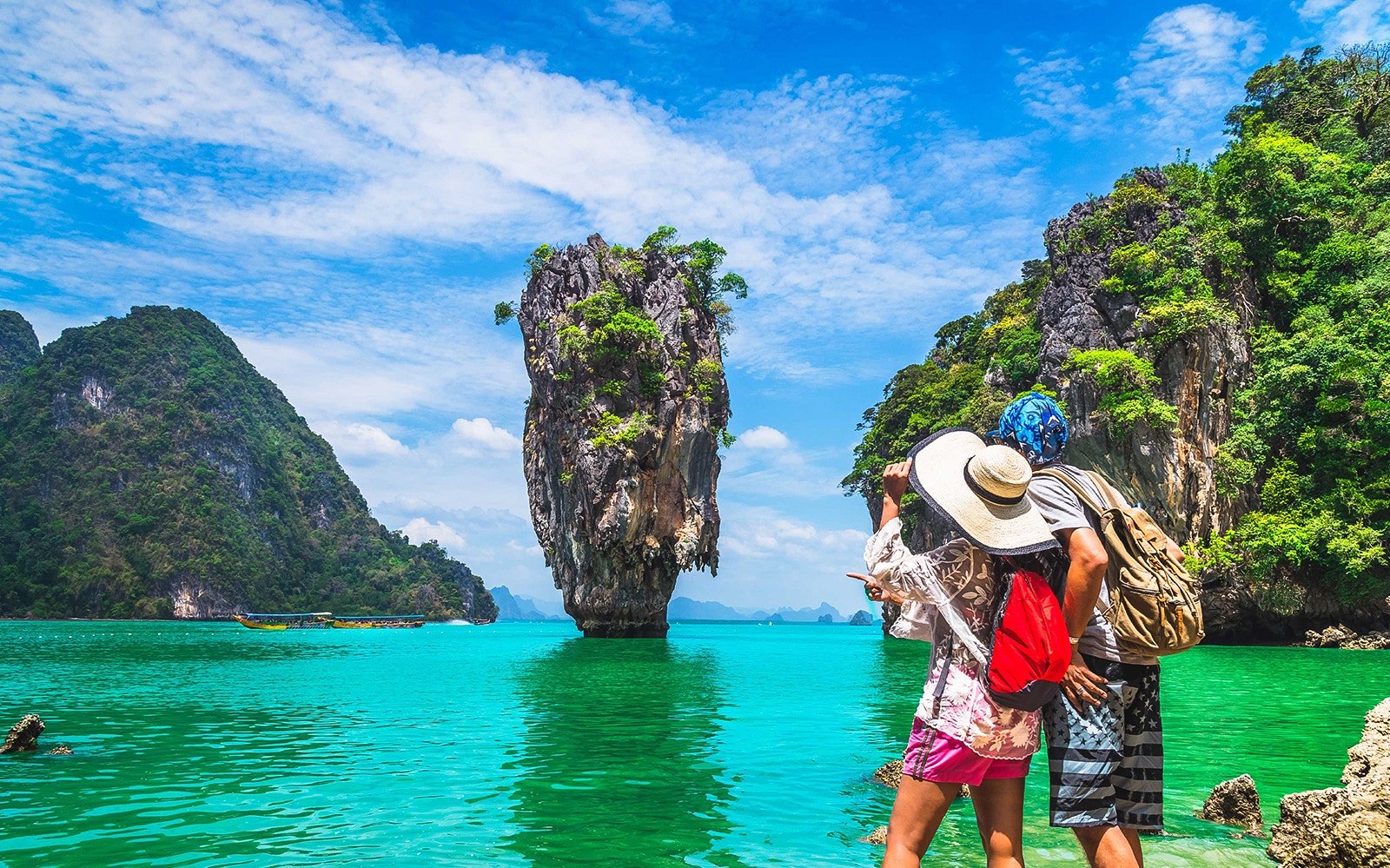
Iconic film fame
The island shot to global fame after featuring in The Man with the Golden Gun (1974). The striking rock formation, Ko Ta Pu, became a pop culture icon almost overnight.
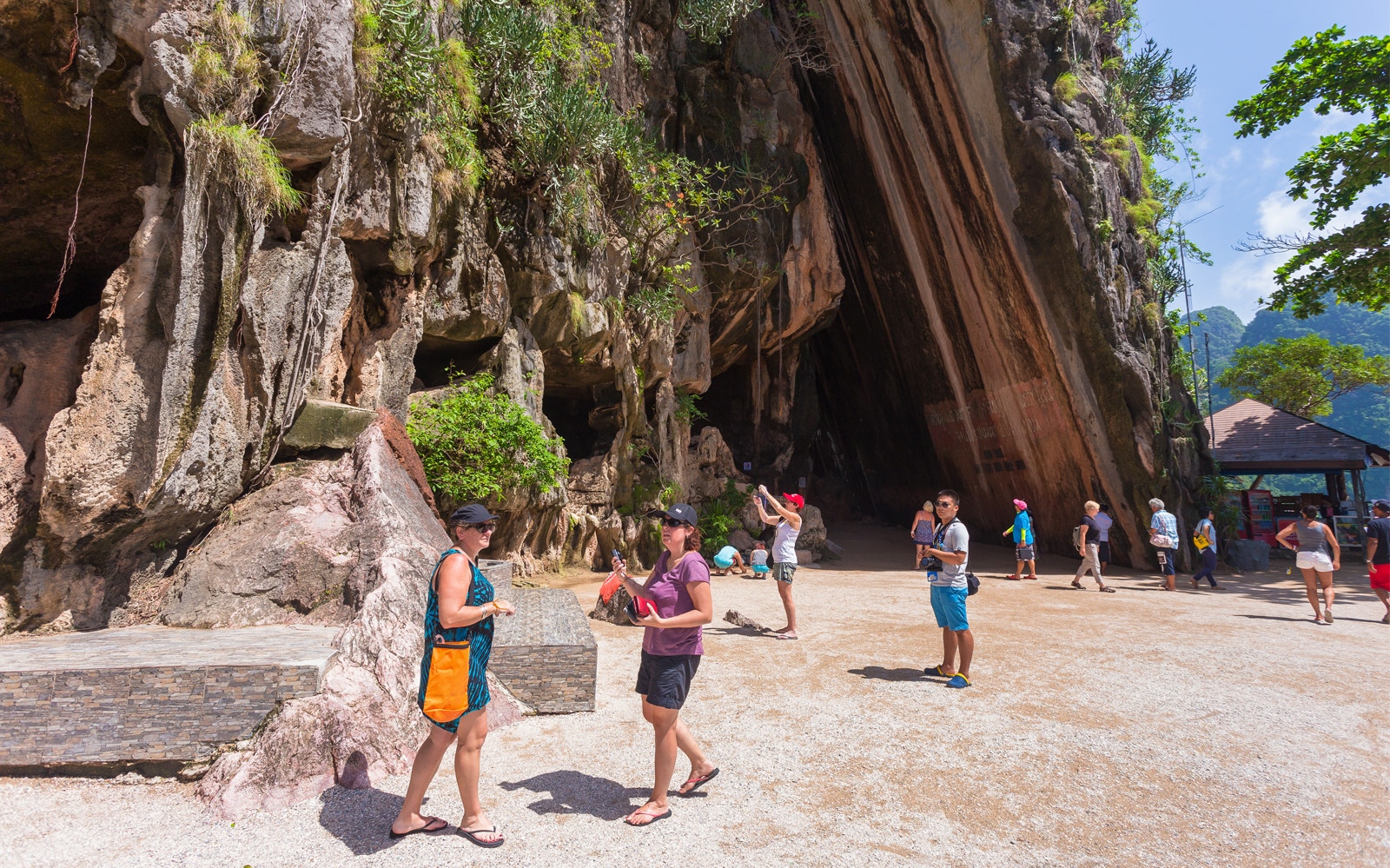
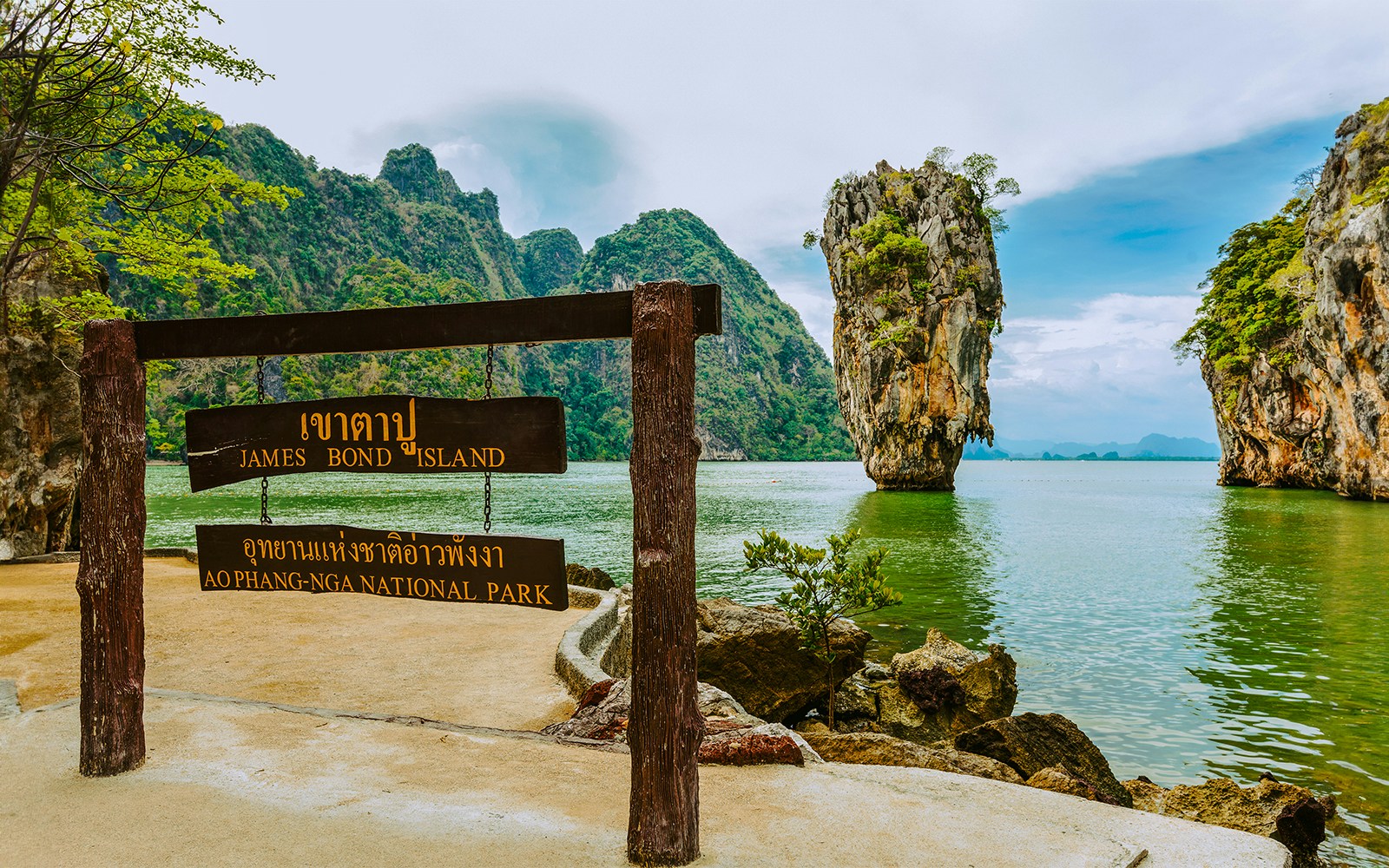
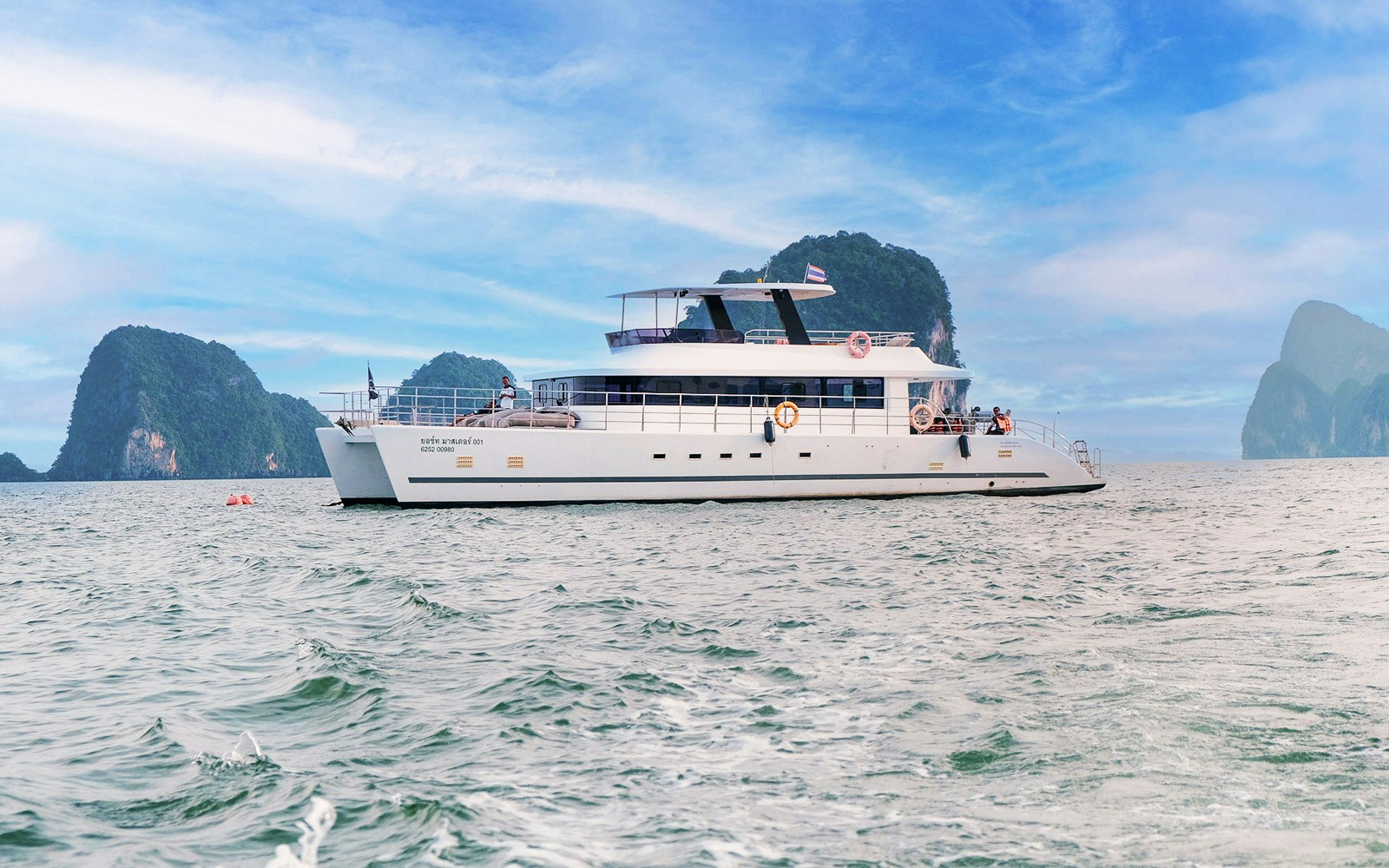
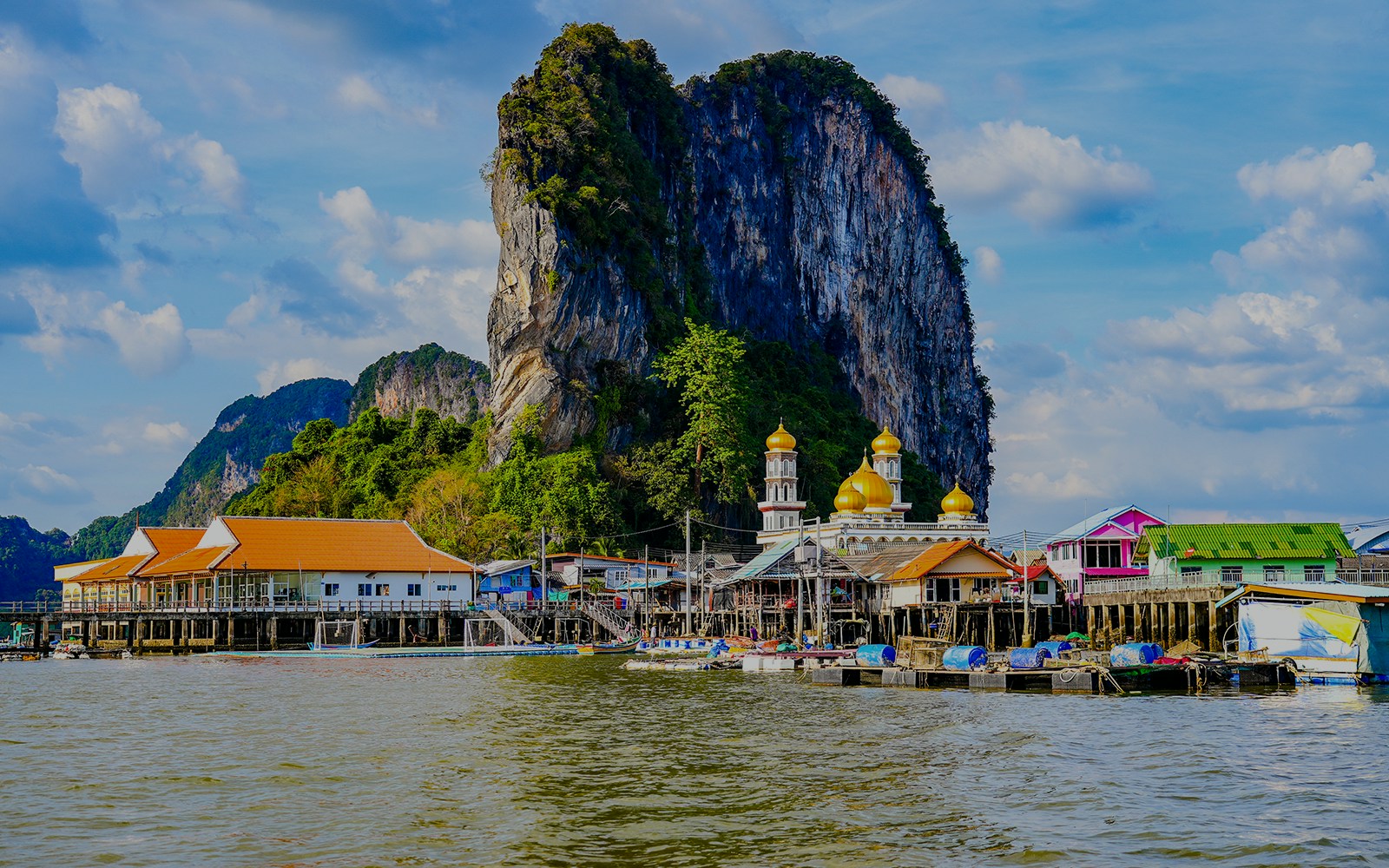
James Bond Island, known from The Man with the Golden Gun, is located in Phang Nga Bay, northeast of Phuket. The tall, narrow rock called Ko Ta Pu stands just offshore and is the island’s main landmark. Since it’s a protected area, boats don’t go directly to the rock, but most people visit as part of a boat tour from Phuket.
Address: Ao Phang Nga National Park, Phang Nga Province, Thailand
Find James Bond Island location on map
James Bond Island, officially called Khao Phing Kan, is part of Ao Phang Nga National Park in southern Thailand. It sits in the calm, sheltered waters of Phang Nga Bay, northeast of Phuket. The island is best known for Ko Ta Pu, a narrow limestone islet that rises vertically from the sea and became world-famous after appearing in The Man with the Golden Gun.
Closest landmarks: James Bond Island is around 25km from Phang Nga town and about 40km from Phuket.
| Transport type | Best for | Departure location | Travel time | Timings | How to get there |
|---|---|---|---|---|---|
Speedboat | Saving time, island-hopping | AA Marina Pier or Ao Po Pier | ~45–60 mins | 7:30am/10:20am | Hotel transfers included with all tours on Headout |
Catamaran | Comfortortable & luxurious | Ao Po Pier | ~1.5 hours | 9:30am/12pm | Hotel transfers included with all tours on Headout |
Big boat | Budget-friendly, spacious and steady | Ao Po Pier | ~2 hours | 7am/11am | Hotel transfers included with all tours on Headout |

The island shot to global fame after featuring in The Man with the Golden Gun (1974). The striking rock formation, Ko Ta Pu, became a pop culture icon almost overnight.




James Bond Island is located in Phang Nga Bay, northeast of Phuket, Thailand. It sits within Ao Phang Nga National Park and is about 25 kilometers from the mainland town of Phang Nga.
You can only reach James Bond Island by boat. Most tours depart from Phuket’s Ao Por Pier or AA Marina Pier. Speedboats, luxury catamarans, and big boats all operate regular routes to the island.
The island gained worldwide fame after being featured in the 1974 James Bond film The Man with the Golden Gun. The film showcased Ko Tapu as the secret hideout of the villain Scaramanga, and ever since, it’s been dubbed "James Bond Island" by locals and tourists alike.
The best time to visit is from November to April, during the dry season when the sea is calmer and skies clearer. For fewer crowds and golden photo ops, morning tours that arrive before 10am are ideal.
Not really. Since the island is only accessible by water, you’ll need to book a tour or hire a private boat. Independent access is limited and often more expensive, so organized tours from Phuket or Krabi are the easiest and most budget-friendly option.
Most tours stop at James Bond Island for 45 to 60 minutes. That gives you enough time to explore the beach, snap photos of the iconic Ko Tapu, and browse a few souvenir stalls before continuing on to other parts of Phang Nga Bay.
Yes, since it’s within a national park, there's a standard entry fee of THB 400 for adults & THB 200 for children. This fee is often included in the cost of your tour, but double-check to avoid surprises.
Most island-hopping tours include stops at nearby highlights like Koh Panyee (a floating Muslim village),Hong Island, and the calm beaches of Naka Island. Sea kayaking through mangrove forests and hidden lagoons is also a popular activity.
Absolutely! The island itself is flat and easy to walk around, and tour boats are usually equipped with life vests and onboard facilities. Catamarans and big-boat options are especially family-friendly, though speedboats may be a bit bumpy for older guests.
Bring sunblock, a hat, water, waterproof phone covers, and swimwear if your tour includes beach stops. Light rain jackets are a good idea too, especially if you’re visiting during the shoulder season (May–October).